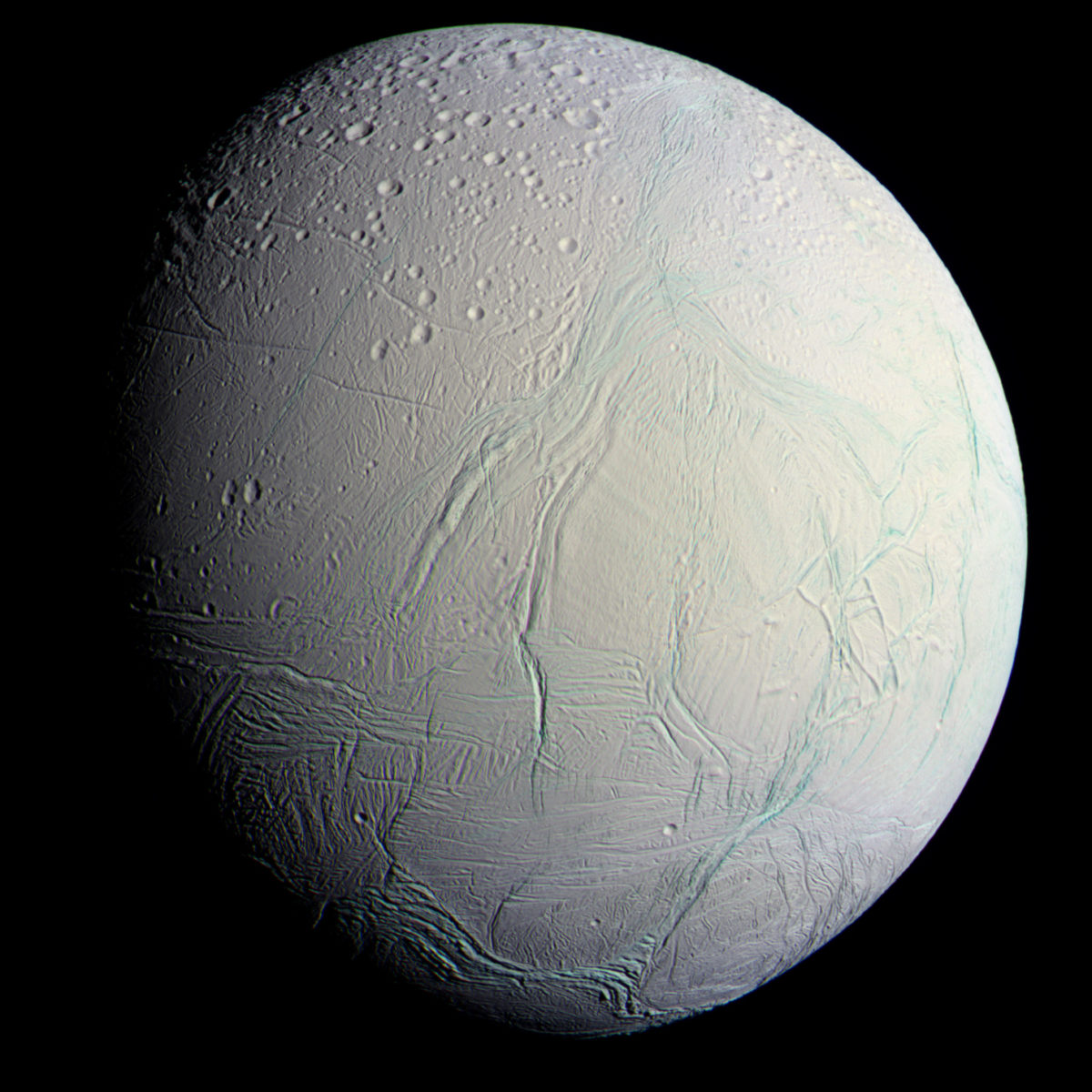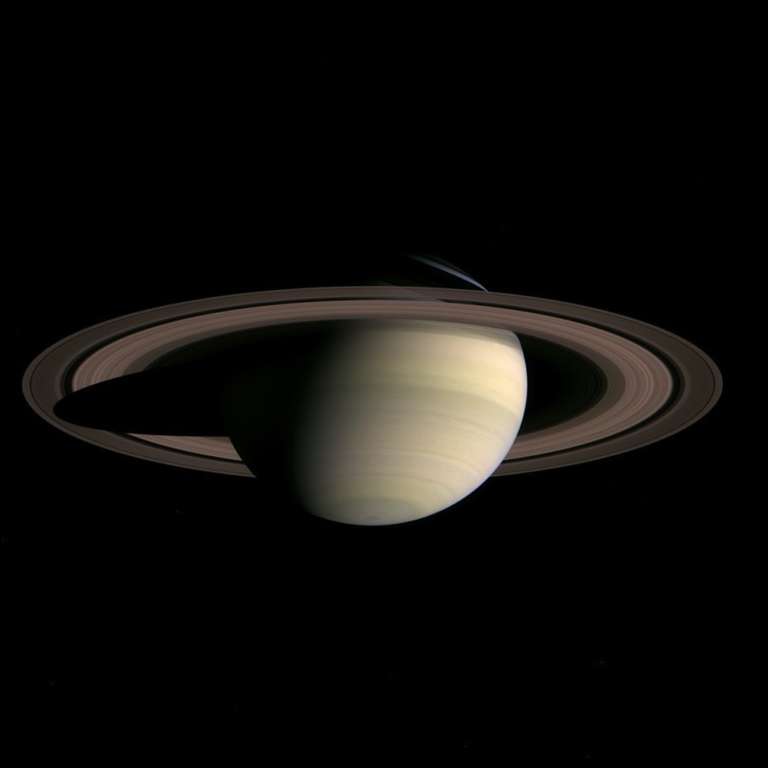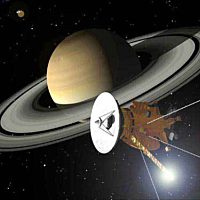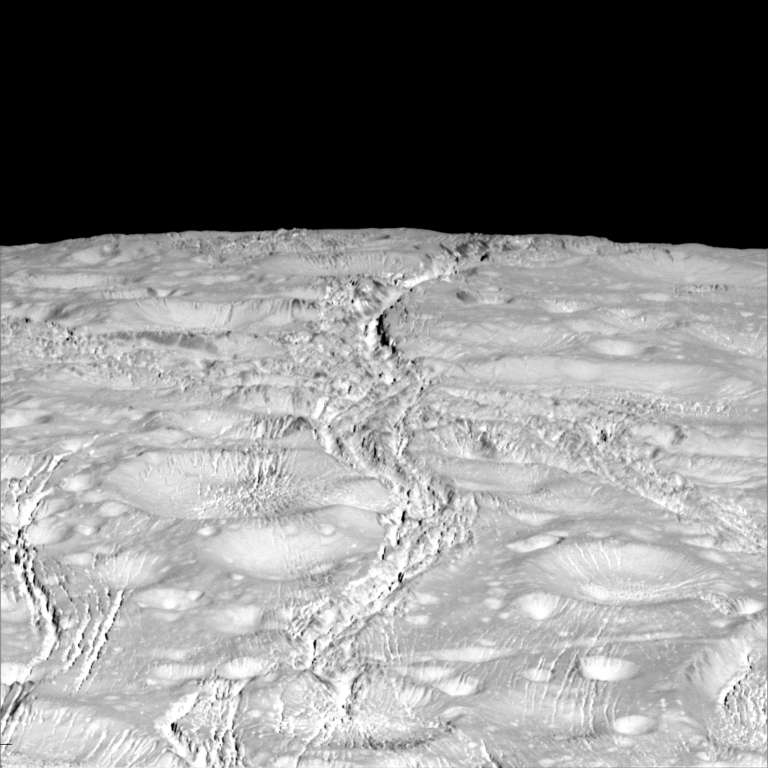All
All
Stories, updates, insights, and original analysis from The Planetary Society.
The Realm of the Ice Giants
Imagine 2 icy worlds far from the Sun. Their serene, blue atmospheres. Huge, ominous-looking storms. Tantalizing glimpses of moons with exotic, icy terrains. Delicate sets of encircling rings.
This Thanksgiving, avoid the politics and talk space instead
If you're expecting to gather with extended family on Thanksgiving, avoid the politics. Here are some conversation starters to use at the dinner table that everyone can engage in.
How the Falcon Heavy could revolutionize exploration of the ocean worlds
SpaceX's Falcon Heavy is not just for big payloads, it can also throw light things into space very fast. And that has significant implications for the exploration of distant destinations in our outer solar system—particularly the ocean moons of the giant planets.
Explore spinnable Saturn and Jupiter moons with Google Maps
Google Maps released several new map products that allow you to see the locations of named features on many solar system planets and non-planets, spinning them around in space with your mouse.
Another smoking gun in the search for life in Enceladus’ ocean
NASA's Cassini spacecraft sniffed out molecular hydrogen spewing from Enceladus' subsurface ocean. The discovery means Saturn's moon has all the basic ingredients needed to support life.
Did Voyager 1 capture an image of Enceladus' plumes erupting?
Amateur image processor Ted Stryk revisited Voyager 1 data of Enceladus and came across a surprise.
Explorer of Enceladus and Titan
For the third time in less than a decade, scientists have proposed a multiple-flyby mission to explore the habitability of Saturn’s ocean moons Titan and Enceladus.
LPSC 2016: Icy Satellite Science
This year’s Lunar and Planetary Science Conference devoted two oral presentation sessions to questions related to icy satellites in our solar system. Jessica Noviello reports back from the conference.
Pretty pictures: Cassini views of Titan's poles (with bonus Enceladus)
Image processing enthusiast Ian Regan produced a pretty view of Titan's lake-filled north pole, now visible to Cassini's cameras in the summer sun.
Pretty pictures: Bittersweet goodies from Cassini at Titan, Enceladus, and Telesto
Tomorrow, Cassini will fly by Titan, picking up a gravity assist that will tilt its orbit slightly up and out of the ring plane. That will end what has been a wonderful year of frequent encounters with Saturnian moons.
Capturing the Rhythm of Space: Insights from 47th DPS Meeting
The Division of Planetary Science (DPS) Meeting saw many exciting scientific discussions spanning the range of processes on different planetary bodies, as well as their replication in the laboratory and in models.
A Day in the Solar System: 28 October 2015
On October 28th, the Cassini spacecraft flew through the geyser plume of Saturn's moon Enceladus. But Cassini was not the only spacecraft operating in the solar system that day.
Filling in the Enceladus map: Cassini's 20th flyby
A couple of days ago, Cassini flew past Enceladus for its 20th targeted encounter. Cassini has seen and photographed quite a lot of Enceladus before, but there's still new terrain for it to cover.
IceBreaker: The Search for Life on Mars
The IceBreaker mission, proposed to NASA's Discovery program for low-cost missions, would seek out life on the northern plains of Mars.
Four Ideas to Bust the Floor on Outer Planet Mission Costs
The road to lower costs outer planet missions has been paved by NASA’s first two New Frontiers missions, the $700M New Horizons mission to Pluto and the $1.1B Juno mission to Jupiter. But can the cost of a mission to the outer solar system be cut to $450M, the limit for a Discovery mission?
A Sky Full of Stars
In pictures of the planets, the stars aren't usually visible. But when they do appear, they're spectacular.
Fountains of Water Vapor and Ice
Deepak Dhingra shares some of the latest research on Enceladus' geysers presented at the American Geophysical Union (AGU) Fall Meeting in San Francisco last month.
45th Binghamton Geomorphology Symposium Report
The 45th Binghamton Geomorphology Symposium, usually focused on terrestrial studies, shifted this year to planetary science. Ted Stryk gives us an overview.
Discovery Missions for an Icy Moon with Active Plumes
In December, scientists announced the discovery of possible plumes of water being ejected from Jupiters’s moon Europa. If confirmed, Europa would be the second moon with confirmed plumes after Saturn’s moon Enceladus. Two Discovery mission proposals for Enceladus suggest the types of missions that may be proposed for Europa.
Snapshots of Science from the 2014 Lunar and Planetary Science Conference
Vignettes from dozens of LPSC talks: GRAIL and LADEE at the Moon; ice and craters and conglomerates and organics and gullies on Mars; polar deposits and volatile elements on Mercury; tectonics on Enceladus; and more, until my brain was so full I could barely speak.


 Explore Worlds
Explore Worlds Find Life
Find Life Defend Earth
Defend Earth


 Sun
Sun Mercury
Mercury Venus
Venus Earth
Earth Mars
Mars Jupiter
Jupiter Saturn
Saturn Uranus
Uranus Neptune
Neptune Small Bodies
Small Bodies

















